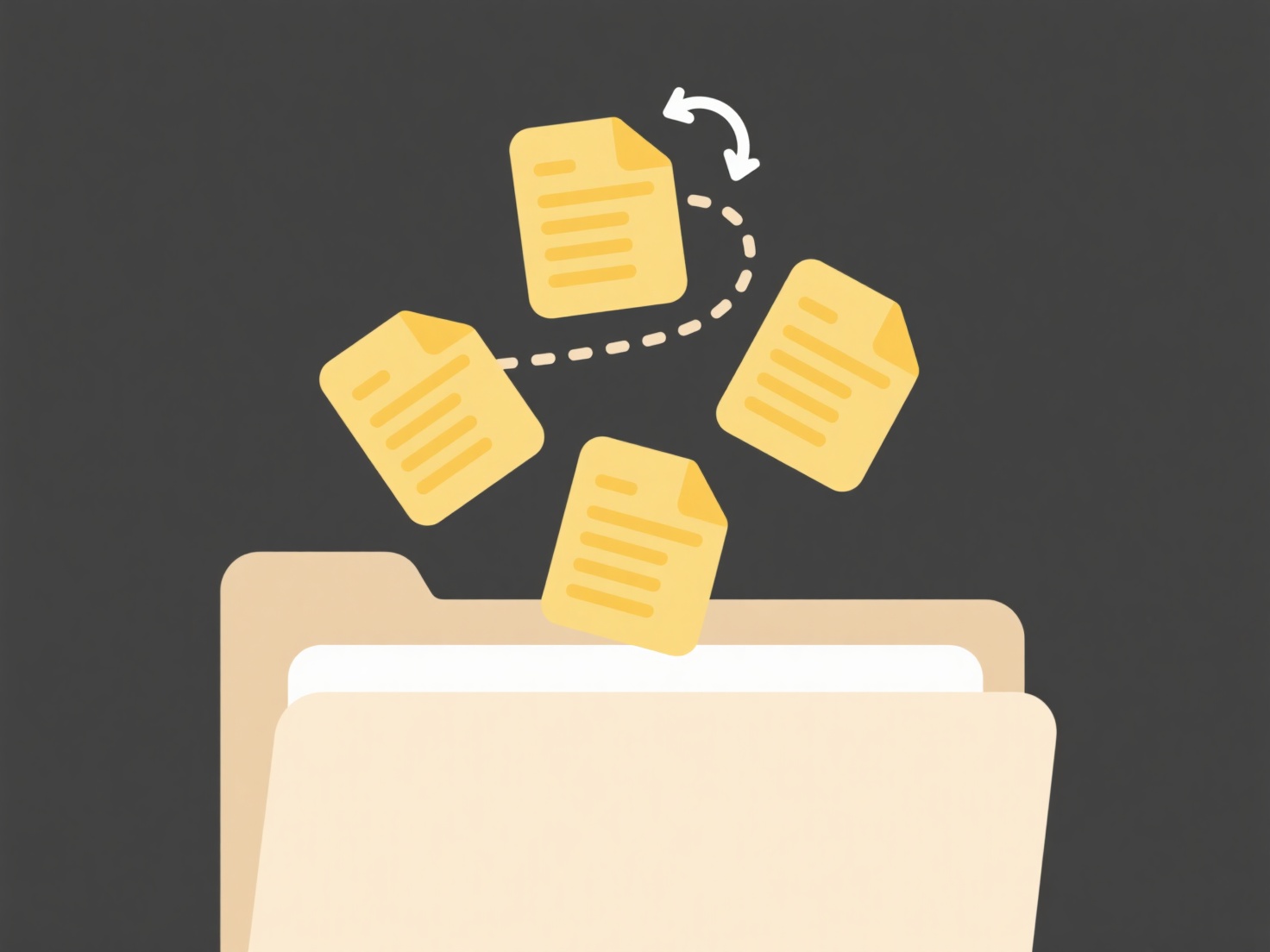
AI can suggest improved file names by analyzing your file's content, metadata, and context using natural language processing (NLP) and machine learning (ML). Instead of relying solely on manual naming or basic rule-based systems (like appending dates), AI examines factors such as keywords, document type, project context, and even text within the file to generate descriptive, consistent, and search-friendly names. This differs from traditional approaches by understanding meaning and relevance dynamically.

These features are integrated into cloud storage platforms like Google Drive, which can propose names using AI-powered "Smart Canvas" features during document creation. Developers also use AI suggestions in tools such as VS Code extensions like TabNine, which can recommend filenames based on project structure and code content, or design platforms like Figma automatically suggesting names for exported assets.
This automation saves significant time, improves organization consistency, and enhances searchability, boosting productivity. However, limitations include potential inaccuracy for highly specialized content and privacy concerns when processing sensitive files. Ethically, transparency about when AI is accessing file content is crucial. Future advancements will likely offer more personalized and context-aware naming strategies.
Can I use AI to suggest better file names?
AI can suggest improved file names by analyzing your file's content, metadata, and context using natural language processing (NLP) and machine learning (ML). Instead of relying solely on manual naming or basic rule-based systems (like appending dates), AI examines factors such as keywords, document type, project context, and even text within the file to generate descriptive, consistent, and search-friendly names. This differs from traditional approaches by understanding meaning and relevance dynamically.

These features are integrated into cloud storage platforms like Google Drive, which can propose names using AI-powered "Smart Canvas" features during document creation. Developers also use AI suggestions in tools such as VS Code extensions like TabNine, which can recommend filenames based on project structure and code content, or design platforms like Figma automatically suggesting names for exported assets.
This automation saves significant time, improves organization consistency, and enhances searchability, boosting productivity. However, limitations include potential inaccuracy for highly specialized content and privacy concerns when processing sensitive files. Ethically, transparency about when AI is accessing file content is crucial. Future advancements will likely offer more personalized and context-aware naming strategies.
Related Recommendations
Quick Article Links
How do I fix damaged files after transfer?
Damaged files occur when data becomes corrupted during transfer, altering its original content. This differs from incomp...
Can I search remote file systems over VPN or SSH?
Searching remote file systems over VPN or SSH is indeed possible, though the method depends on the technology. A VPN ext...
Can I quarantine suspicious files before cloud upload?
File quarantine in cloud security refers to temporarily isolating suspicious files during the upload process. Instead of...